Badalgarh Fort was constructed by Nawab Samas Khan in the Abode of the Kings, Jhunjhunu, Rajasthan. It is built over a high piece of ground that overlooks the city and surrounding area. It is an obligatory object for tourists travelling about the Shekhawati region. Though lesser-known, Badalgarh Fort offers a quieter and more intimate experience than some of the more popular forts in Rajasthan. Its proximity to other attractions like Rani Sati Temple and Khetri Mahal makes it a central base for exploring Jhunjhunu’s cultural heritage.
Quick Details About Badalgarh Fort
Location: Jhunjhunu, Rajasthan
Badalgarh Fort Timings: 8 AM – 6 PM
Entry Fee: ₹10 for Indian tourists, ₹25 for Foreign Nationals
Nearest Airport: Jaipur International Airport, 190 km away
Nearest Railway Station: Jhunjhunu Railway Station, 4 km away
Best Time To Visit: October to March
Badalgarh Fort Location
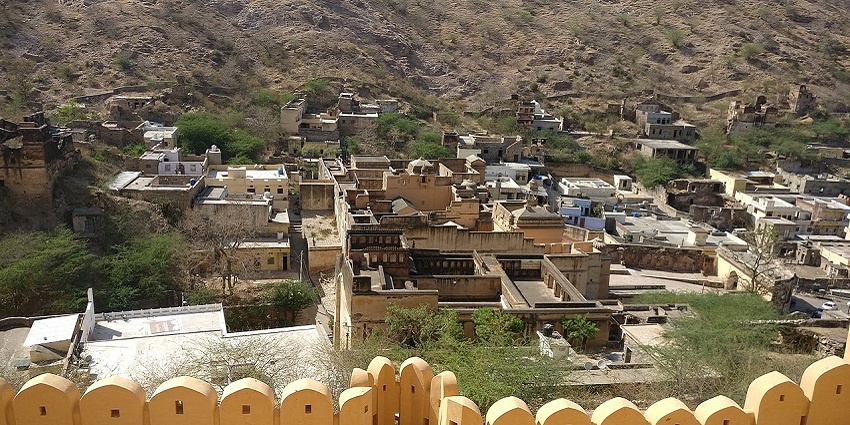
Photo: sha / Wikimedia Commons / Image For Representation Only
Badalgarh Fort is located on a hill in the Jhunjhunu district of the Shekhawati region. It is in the locality of Khora Mohalla in Jhunjhunu. The roads leading to the fort are Samas Road and Mohammed Ali Road, which are connected to Chhipa Road, Piple Chowk, and the Jhunjhunu-Rajgarh highway. The nearby landmarks are Bissau Mahal (Surajgarh House), Fatima Masjid Jhunjhunu, Zeeshu’s Woodwork, Dargah Shahwilayat, and Arman ka Ghar gym.
Suggested Read: Sardar Government Museum Jodhpur
How To Reach Badalgarh Fort
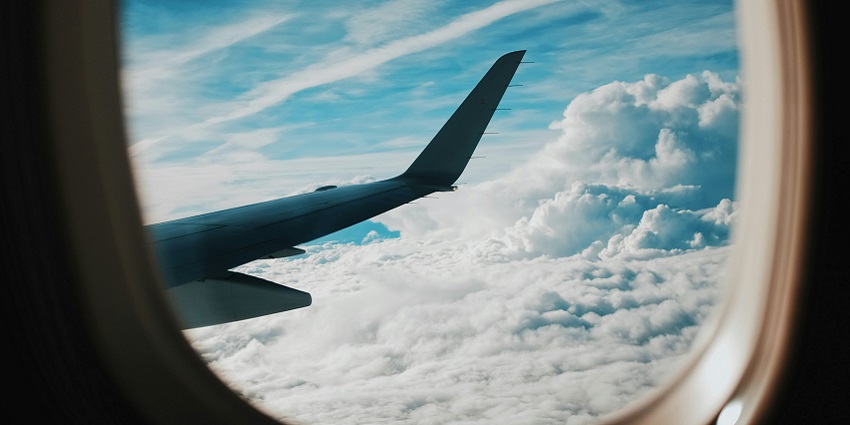
Photo: Blake Guidry / Unsplash
Jhunjhunu is connected by road to important cities such as Jaipur and Bikaner, which makes it easy to reach the location by different means of transportation.
By Air: The nearest airport is Jaipur International Airport, which is nearly 190 km from Badalgarh Fort. From the airport, one could hire a taxi or take a bus to the fort.
By Railway: Jhunjhunu Railway Station is just 4 km from the fort. You can either book a cab or hire an autorickshaw to reach Badalgarh Fort from the railway station.
By Road: Jhunjhunu bus station is 2 km and the nearest to the fort. You can reach the RSRTC bus depot in Jhunjhunu, and from here, get an autorickshaw or walk for 20 minutes to reach the Badalgarh Fort.
Things To Do At Badalgarh Fort
1. Explore The Fort’s Architecture
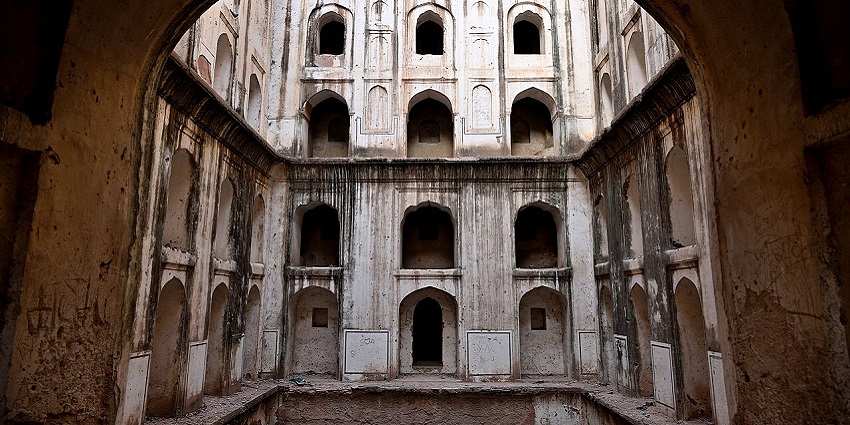
Photo: Sharvarism / Wikimedia Commons / Image For Representation Only
Badalgarh Fort perfectly combines Mughal and Rajput architecture, which unites defence and beauty. The large fortification walls and bastions indicate the significance and purpose of this fort. Visitors can explore the inner parts of the fort with numerous chambers, courtyards, and grand gateways. Overall, the fort and the site near the fort belong to the 16th century, and its style is easily recognisable. The entire fort is decorated with carvings on virtually every wall, archway, and window reminiscent of Mughal style and trends.
Suggested Read: Places To Visit In Mansarovar Jaipur For A Peaceful Retreat
2. Explore The Historical Surrounding
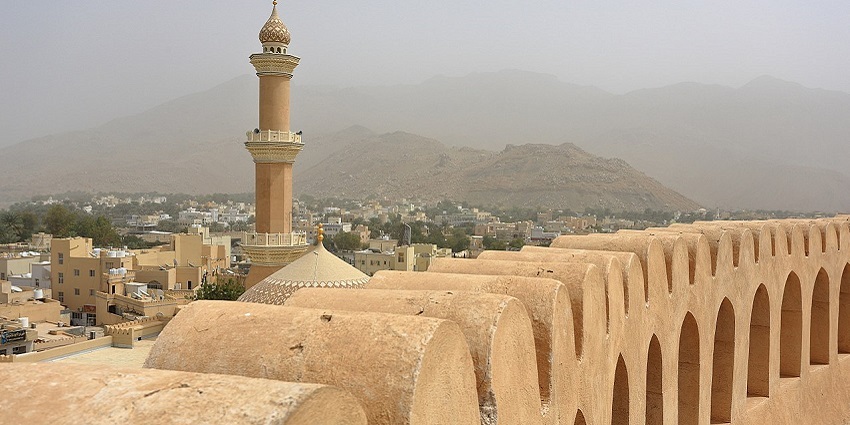
Photo: Martin Falbisoner / Wikimedia Commons / Image For Representation Only
The most impressive thing about visiting Badalgarh Fort is the view of the whole area from the hill. The fort presents a 360-degree view of Jhunjhunu town and the nearby countryside. One can gaze in the distance and see endless rows of hills and small villages spread across the area. The view of the Shekhawati region from Badalgarh Fort during the sunrise and sunset makes it a perfect spot for photography. You can also find a few ancient constructions, such as watchtowers, underground tunnels, and long-abandoned residential quarters.
Places To Visit Around Badalgarh Fort
1. Rani Sati Temple
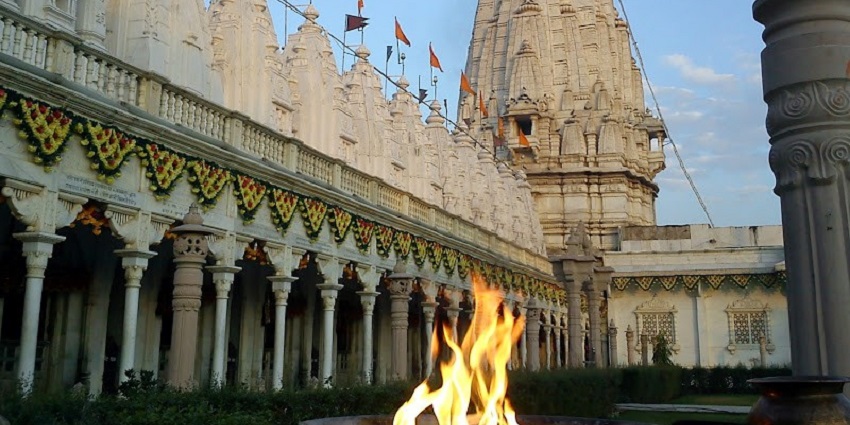
Photo: Ankit Sihag / Wikimedia Commons
The Rani Sati Temple is one of the most renowned religious sites in Jhunjhunu, approximately 2 km from Badalgarh Fort. The temple is dedicated to Rani Sati, a personification of feminine courage and sacrifice. The Rani Sati Temple is a large structure and one of the most visited in the city among both devotees and tourists. It is elaborately decorated with fresco and marble work, showcasing the splendid artistry of Rajasthan. Visiting the Rani Sati Temple is a spiritual and calm experience to pray and relish the amazing beauty of the landmark. There are several fairs in the Rani Sati Temple each year, making it an extremely lively place.
Timings: 5 AM – 8 PM
Entry Fee: None
Suggested Read: Places To Visit In Udaipur For Couples For A Romantic Getaway
2. Khetri Mahal
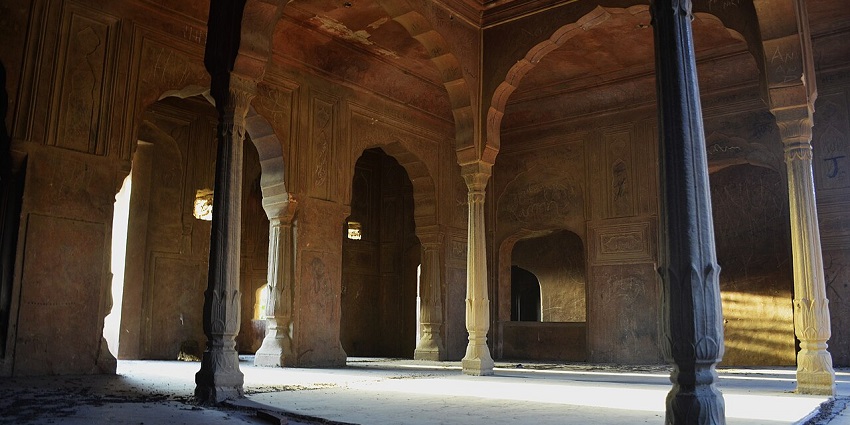
Photo: Nehabajiya / Wikimedia Commons
Slightly past the Badalgarh Fort and only 5 minutes walk from it is the Khetri Mahal, or the Wind Palace. It was built by Maharaja Bhopal Singh in the 18th century and is known for the numerous open archways that ventilate the whole palace. It has been likened to Jaipur’s Hawa Mahal, which also has many open archways, windows, and arched corridors, allowing for a beautiful play of light and air. The palace provides stunning views of the town and surrounding areas, too. Visiting the Khetri Mahal is a must for anyone who wants to see a simply beautiful architectural creation that is also functional today.
Timings: 9 AM – 5 PM
Entry Fee: None
3. Mohanlal Ishwardas Modi Haveli
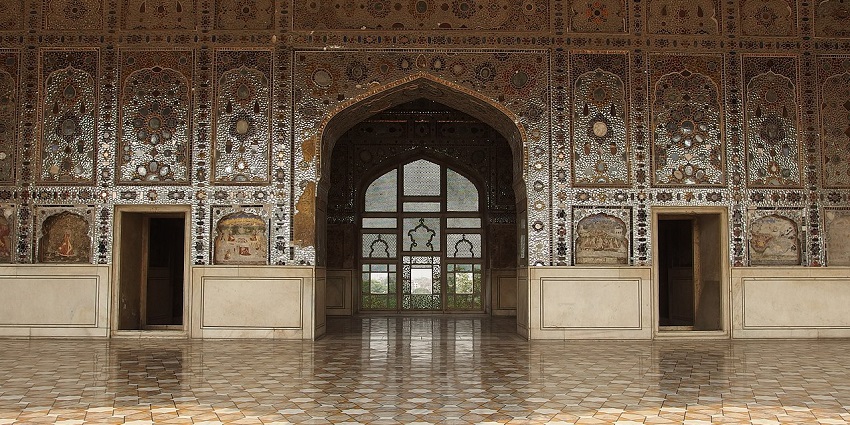
Photo: Guilhem Vellut / Wikimedia Commons
Mohanlal Ishwardas Modi Haveli is an exceptionally decorated haveli in the heart of the city, located at a distance of 1 km from Badalgarh Fort. The halls of the haveli feature a unique display of frescoes; no inch of the halls is left unveiled. The walls and ceilings display rich ornamentation of Indian mythology, Indian history, and the history of the Shekhawati people, along with family trees of the havelis’ founding fathers and local folklore, which are transposed through intricate hand-painted designs. You can wander the halls accompanied by a guide, admiring the vivid frescoes in the many rooms and courtyards.
Timings: 9 AM – 6 PM
Entry Fee: None
Suggested Read: A Guide To The Anokhi Museum
4. Dundlod Fort
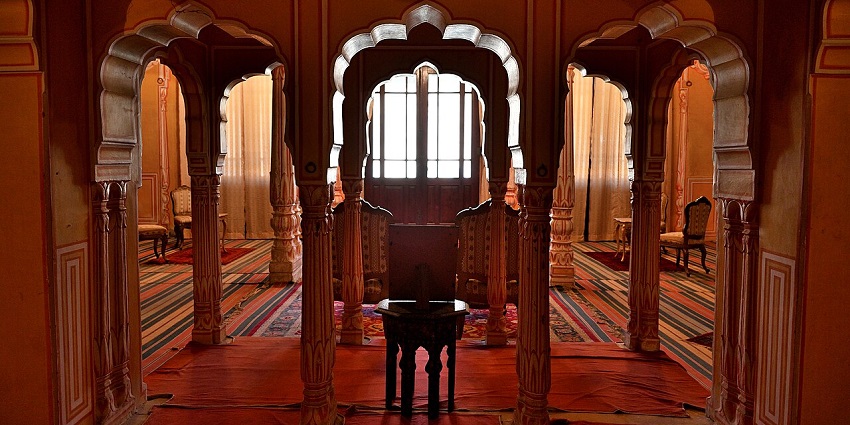
Photo: Sharvarism / Wikimedia Commons / Image For Representation Only
Dundlod Fort is located around 38 km from Badalgarh Fort and is a great place for a harmonious mix of Rajput and Mughal architectural styles. The fort was constructed in the 17th century and is identified for its lovely courtyards, galleries, and richly painted walls. The fort also has a museum that showcases a collection of rare antiques, such as outdated weapons, manuscripts, and paintings, presenting the tourists a chance to peep into the royal past of Rajasthan. In addition, Dundlod Fort is very well-known for its camel safaris that give tourists an amazing opportunity to discover the desert region near the fort.
Timings: 9 AM – 6 PM
Entry Fee: ₹50
5. Nawalgarh Fort
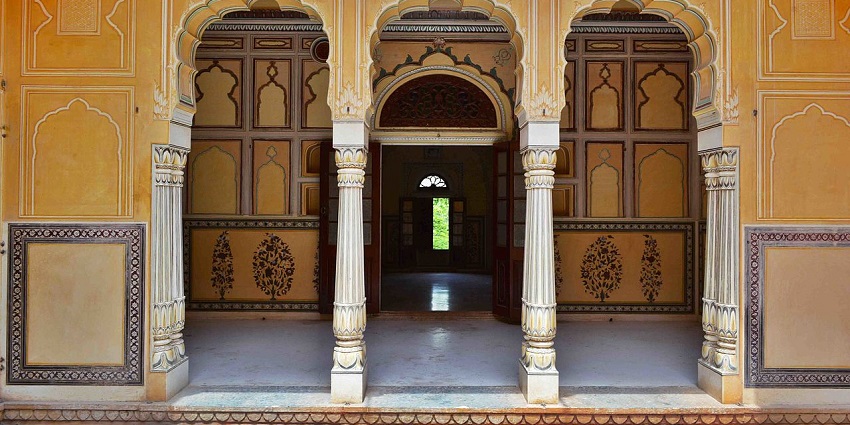
Photo: Anupamg / Wikimedia Commons
Located approximately 35 km away from Badalgarh Fort, the Nawalgarh Fort is one of the most well-kept forts in the Shekhawati region. Constructed in the 18th century, the fort is best known for the frescoes and inscriptions on walls, primarily illustrating scenes from the Hindu sacred texts and different historical events. The fort offers an excellent opportunity to learn more about Rajasthan’s artistic history, possessing intricate havelis and opulent chambers. The town in which the fort is situated protects multicoloured mansions, making it a suitable place for art enthusiasts and history experts.
Timings: 8 AM – 7 PM
Entry Fee: ₹20
Suggested Read: A Guide To The Albert Hall Museum
Other Factors To Consider
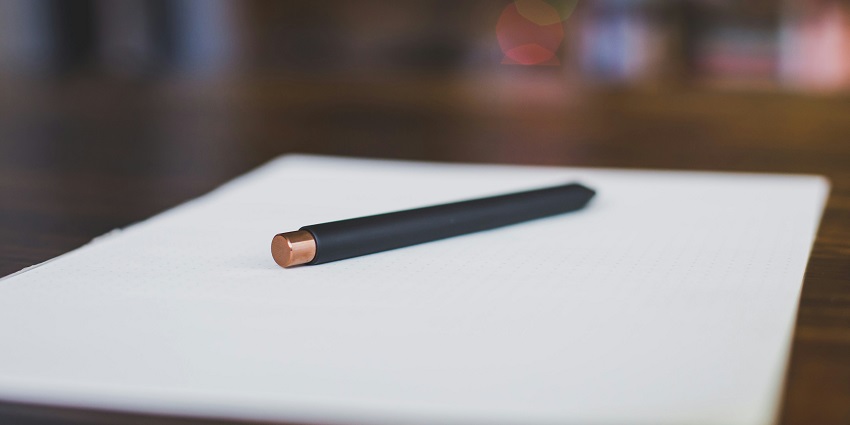
Photo: Isaac Smith / Unsplash / Image For Representation Only
- The winter months make up the prime time, as you won’t be too hot or too cold when walking in the fort or enjoying the view from the hilltop. Visit Badalgarh Fort from October to March.
- Wear light garments and comfortable footwear, as there is much walking and climbing to be done.
- A hat, sunglasses, and sunscreen are helpful against the heat and carry enough water. Be cautious of uneven trails and the path can be slippery when rainy.
- The entry fee to the sites is cheap, but factor in the travelling costs well. The accommodation and meal expenses are reasonable.
Badalgarh Fort is a hidden gem in Rajasthan’s rich tapestry of historical landmarks. Its Mughal and Rajput architecture, scenic hilltop views, and peaceful surroundings make it a must-visit for those exploring the Shekhawati region. Whether you’re a history enthusiast or seeking a peaceful escape, Badalgarh Fort is a perfect blend of history, beauty, and tranquillity. So, plan your exciting trip today with TripXL.
Cover Photo: AKS2000 / Wikimedia Commons / Image For Representation Only


 WhatsApp
WhatsApp
 Twitter
Twitter









